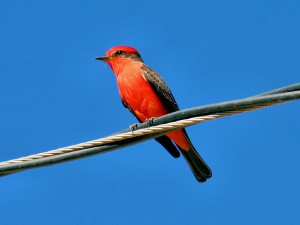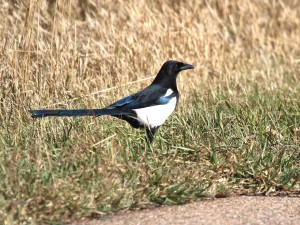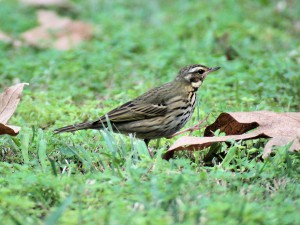
Male Vermilion Flycatcher, Mazatlan, Mexico
The Vermilion Flycatcher (Pyrocephalus rubinus) is a small tyrant flycatcher in the family, Tyrannidae. Vermilion Flycatchers live in the New World, ranging from central Argentina and covering much of South and Central America. Ornithologists recognize at least 12 sub-species of Vermilion Flycatcher. Some experts think the Galapagos Island Vermilion Flycatchers may be a full species on its own.
In the United States, we find Vermilion Flycatchers mostly in the desert southwest, where their range extends to southern Nevada. Their California range includes much of the Mojave Desert, in San Bernardino County. Additionally, it extends across most of Riverside and Imperial Counties and into Los Angeles, Orange and San Diego counties. In coastal California, we see Vermilion Flycatchers increasingly often though more likely as winter visitors. However, their range is expanding and there are indications that their breeding range is expanding towards the coast. Here in Orange County, Vermilion Flycatchers often use edge habitat like golf courses and athletic fields. Continue reading


